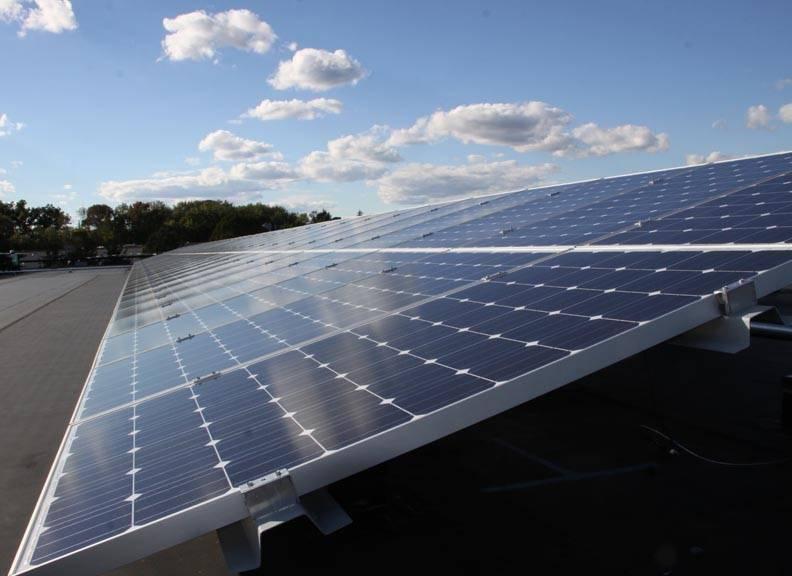
This week UPS announced it will invest $18 million in onsite solar installations, beginning with eight of its U.S. facilities.
The logistics giant plans to add 10 megawatts of solar capacity by the end of this year -- increasing its onsite production by 500 percent in mere months.
Should the price of solar power continue to decrease, UPS has even more opportunities to mitigate its carbon footprint. The company claims 2,600 facilities worldwide.
The company’s first investment in solar was a 110-kilowatt array in Palm Springs, California. But its growth in solar has been slow; to date the company can point to solar arrays at three New Jersey locations.
To be fair, so far UPS primarily focused its efforts on making facilities more energy efficient, with an emphasis on green building standards such LEED (and BREEM in Europe), Energy Star certification and an upgrading of light fixtures to LED technology.
Although UPS says this year's investment will result in the purchase of 26,00 solar panels, one FedEx solar installation in New Jersey alone has over 12,000 panels.
Over the past decade, UPS’ main sustainability push centered around making its fleet of cargo planes and vehicles more efficient. The data the company provided in its latest sustainability report suggests those efforts have been widely successful.
For shipments transported by its air fleet, UPS has seen energy intensity decline by over 9 percent. For small packages dispersed on the ground, that energy intensity decreased by over 15 percent. When including all of the freight that the company transported in 2015, its overall carbon intensity fell by 14.5 percent.
Meanwhile, UPS continues to add more vehicles running on alternative fuels to power its massive ground fleet. The company has increased its purchase of renewable diesel and renewable natural gas, and has also worked with partners to use more bio-methane for its natural gas-powered trucks.
And as anyone in a U.S. city can verify, more electric trucks, vans and even tricycles are used for UPS routes that are less than 60 miles. The company’s acquisition of Coyote Logistics in 2015 will further increase its overall efficiency as more of its vehicles will reduce their miles driven without hauling any freight.
Nevertheless, UPS’ huge presence on the ground across the U.S. gives the company an opportunity to burnish its energy-efficiency credentials with renewables, especially as online shipping continues to surge in popularity and as the company opens more hubs, distribution centers and warehouses. All of that rooftop space offers an incentive to find ways to drive electricity costs down through solar, a step long taken by retailers including Ikea and Walmart – the latter of which produces more power than at least 35 U.S. states.
Image credit: UPS

Leon Kaye has written for 3p since 2010 and become executive editor in 2018. His previous work includes writing for the Guardian as well as other online and print publications. In addition, he's worked in sales executive roles within technology and financial research companies, as well as for a public relations firm, for which he consulted with one of the globe’s leading sustainability initiatives. Currently living in Central California, he’s traveled to 70-plus countries and has lived and worked in South Korea, the United Arab Emirates and Uruguay.
Leon’s an alum of Fresno State, the University of Maryland, Baltimore County and the University of Southern California's Marshall Business School. He enjoys traveling abroad as well as exploring California’s Central Coast and the Sierra Nevadas.














